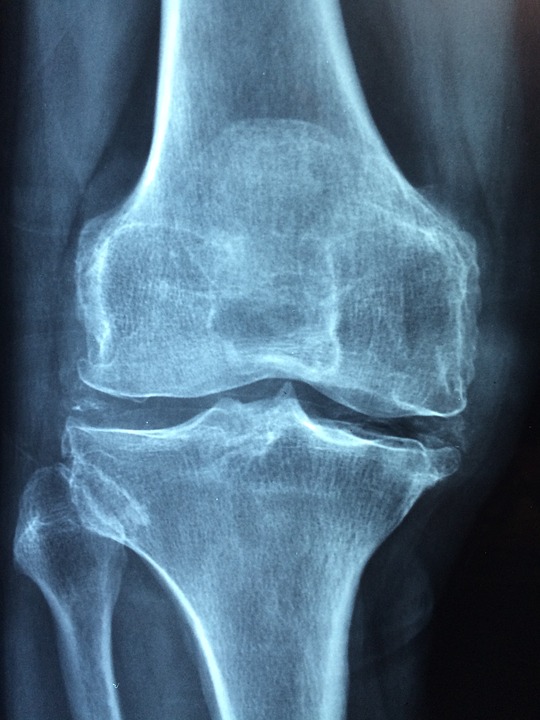Hypermobility means your joints are more flexible than other people’s (you may think of yourself as being double jointed). When this causes pain, it might be joint hypermobility syndrome.
See a GP if you:
often get pain or stiffness in your joints or muscles
keep getting sprains and strains
keep dislocating your joints (joints “pop out”)
have poor balance or co-ordination
have thin, stretchy skin
have digestive problems like diarrhoea or constipation
These can be symptoms of joint hypermobility syndrome.
What happens at your GP appointment
Your GP will usually test the flexibility of your joints using the Beighton score.
They may also refer you for a blood test or X-ray to help rule out any other conditions like arthritis.
Testing hypermobility – Beighton score
Treating joint hypermobility syndrome
There’s no cure for joint hypermobility syndrome.
The main treatment is improving muscle strength and fitness so your joints are protected.
Ask your GP to refer you to a physiotherapist or occupational therapist for specialist advice. You can also book them privately.
They can help you:
reduce pain and risk of dislocations
improve muscle strength and fitness
improve posture and balance
It may help to meet other people with joint hypermobility syndrome, or join a support group like the Hypermobility Syndromes Associationor Ehlers-Danlos Support UK.
Treating joint pain
Paracetamol and anti-inflammatory painkillers (like ibuprofen, which can come in tablets, gels and sprays) may help ease any pain. Speak to a pharmacist about the best treatment for you.
Your GP may be able to prescribe stronger painkillers.
If you’re in severe pain, ask your GP to refer you to a pain clinic to help you learn how to cope better with pain.
To help ease joint pain and stiffness, you can:
have warm baths
use hot water bottles
use heat-rub cream
Joint care you can do yourself
To improve joint and muscle strength, and reduce strain:
Do
gentle low-impact exercise like swimming or cycling – not doing any exercise can make your symptoms worse
maintain a healthy weight
buy good, firm shoes
if you have flat feet, use special insoles (support arches) in shoes
Don’t
do high-impact exercise
overexercise
grip things too tightly
overextend your joints just because you can
Children’s joint care
What causes joint hypermobility syndrome
Joint hypermobility syndrome usually runs in families and can’t be prevented.
Usually, the joints are loose and stretchy because the tissues that should make them stronger and support them are weak.
The weakness is because the collagen that strengthens the tissues is different from other people’s.
